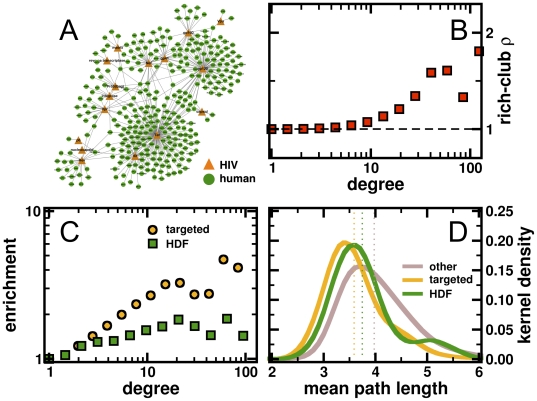Figure 1. Statistics of targeted and HDF proteins.
(A) Constructing a bipartite network of interactions between HIV-1 and human proteins, we find one connected subnetwork. Randomizing human proteins, we found that the presence of one connected network is statistically significant (P<10−4). (B) The mean rich-club coefficient ρ reflects the degree to which proteins with at least a certain number of interaction partners are intertwined among each other. We observed that ρ significantly increased with higher degrees in the human protein interaction network, indicating the presence of an oligarchy (i.e. rich clubs) of highly interacting and intertwined proteins. In (C) we determined the enrichment of targeted human host proteins in such rich clubs. Specifically, highly connected proteins appeared to be increasingly targeted by the virus. Although weaker HIV dependency factor proteins (HDF) were enriched in rich clubs as well, a difference that is statistically significant compared to the enrichment of targeted proteins (Kolmogorov-Smirnov test, P<0.01). (D) Utilizing a network of interactions between proteins of the human host, we determined the lengths of shortest paths for each pair of human proteins. Calculating the mean of the shortest path lengths, we found that proteins, which are targeted by the virus, have lowest means (dotted lines). Focusing on HDFs we observed a shift toward longer mean path lengths, a difference that is statistically significant compared to targeted proteins (Student's t-test, P<0.02). This observation is reinforced if we account for all remaining human proteins, results that are significantly different in comparison to targeted and HDF proteins, respectively (P<0.05).

